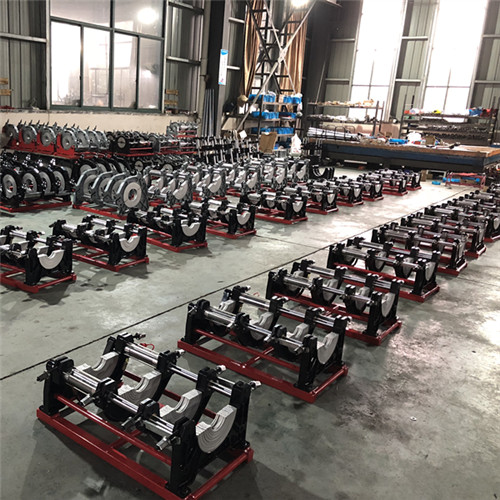Contact us

During spot welding, the welded parts are connected at […]
During spot welding, the welded parts are connected at individual points on the contact surface. When welding, lap the welded sheets and assemble them and press them between the two cylindrical copper electrodes. When a considerable current is passed, a large amount of heat is generated at the contact of the plates, which quickly reduces the metal in the hottest area in the center. Heat to a molten state, forming a lens-shaped liquid molten pool. After the current is disconnected and the metal cools, a welded joint is formed.
According to the number of solder joints welded at the same time, it can be divided into single-point, double-point and multi-point spot welding. When the current is applied from both sides of the weldment, it is called double-side spot welding, and when the current is applied from one side of the weldment, it is called single-side spot welding. The diameter of the solder joint is generally close to the diameter of the electrode contact surface, which is approximately in the range of 3-25 mm.
Compared with ordinary double-sided spot welding, single-side spot welding has many advantages: the welding machine is placed on one side of the workpiece, and it is easier to weld large-sized structures; the size of the welding line is small, which significantly reduces the required power; and the productivity is high. . The disadvantage is that a special welding machine is required and it is more complicated. The thickness of mild steel that it can weld is generally limited to 2.5-3 mm.
In production, single-side multi-point welding has been widely used.

The following describes projection welding and T-welding.
Projection welding is a kind of contact welding similar to spot welding. During projection welding, the weldment touches in several points at the same time. It is essentially a kind of multi-point spot welding, but the position of these welding points is determined by the protruding part of a weldment. Weldment 1 and Weldment 2 (with protrusions) are pressed tightly between the immovable contact plate and the movable contact plate. When the transformer is closed, the weldment is heated near the protrusions and partially melted , And then flattened to complete the welding.
T-welding is also a method of contact welding. When welding, the weldment with a smaller section is welded to the steel plate or other weldments with a large surface.

Quick Links
Products
Contact Us

